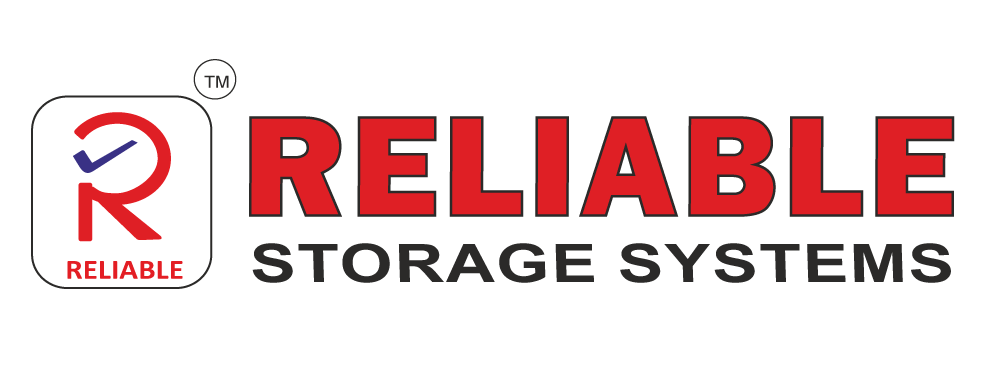

Plastic Pallets
Proper pallet usage is crucial for ensuring safe and efficient handling of goods throughout the supply chain. It encompasses selecting the appropriate pallet type for the intended purpose, loading and securing the cargo effectively, and adhering to safety guidelines during handling and storage. Here are some general guidelines for proper pallet usage:
Load Capacity Choose a pallet with a load capacity that exceeds the weight of the goods it will carry.
Pallet Material: Select the appropriate pallet material based on the product type, environmental conditions, and transportation mode. Common materials include wood, plastic, and metal.
Pallet Size: Choose a pallet size that matches the dimensions of the goods and maximizes space utilization in warehouses and trucks.
Load Distribution: Distribute the weight of the cargo evenly across the pallet to prevent tipping or instability.
Stacking: Stack goods securely to prevent shifting during transportation. Use shrink wrap, banding straps, or other securing methods.
Center of Gravity: Ensure the center of gravity of the loaded pallet is within the base area of the pallet to maintain stability.
Forklift Operation: Use a forklift with appropriate lifting capacity and attachment type to handle pallets safely.
Storage Clearance: Store pallets on a level surface with adequate clearance from walls, sprinklers, and other equipment.
Damage Inspection: Regularly inspect pallets for damage, such as broken boards or cracked stringers, and replace damaged pallets promptly.
Personal Protective Equipment (PPE): Use appropriate PPE, such as safety shoes, gloves, and high-visibility clothing, when handling pallets.
Lifting Technique: Maintain proper lifting posture and avoid overloading forklifts or exceeding their lifting capacity.
Signage and Clearances: Clearly mark pallet storage areas and ensure adequate clearance for forklift movement and personnel safety.
By following these general guidelines for proper pallet usage, businesses can enhance safety, efficiency, and cost-effectiveness in their supply chain operations.